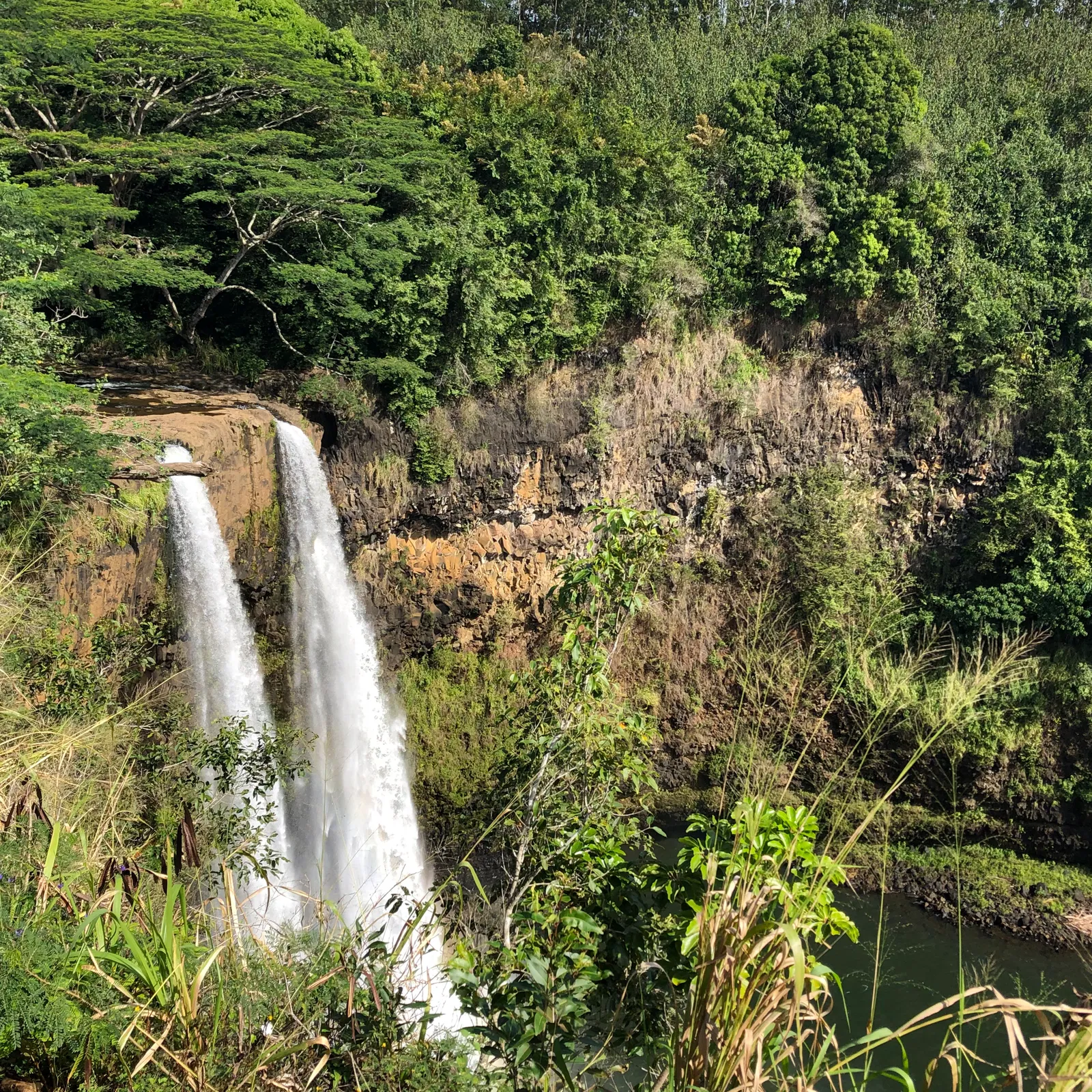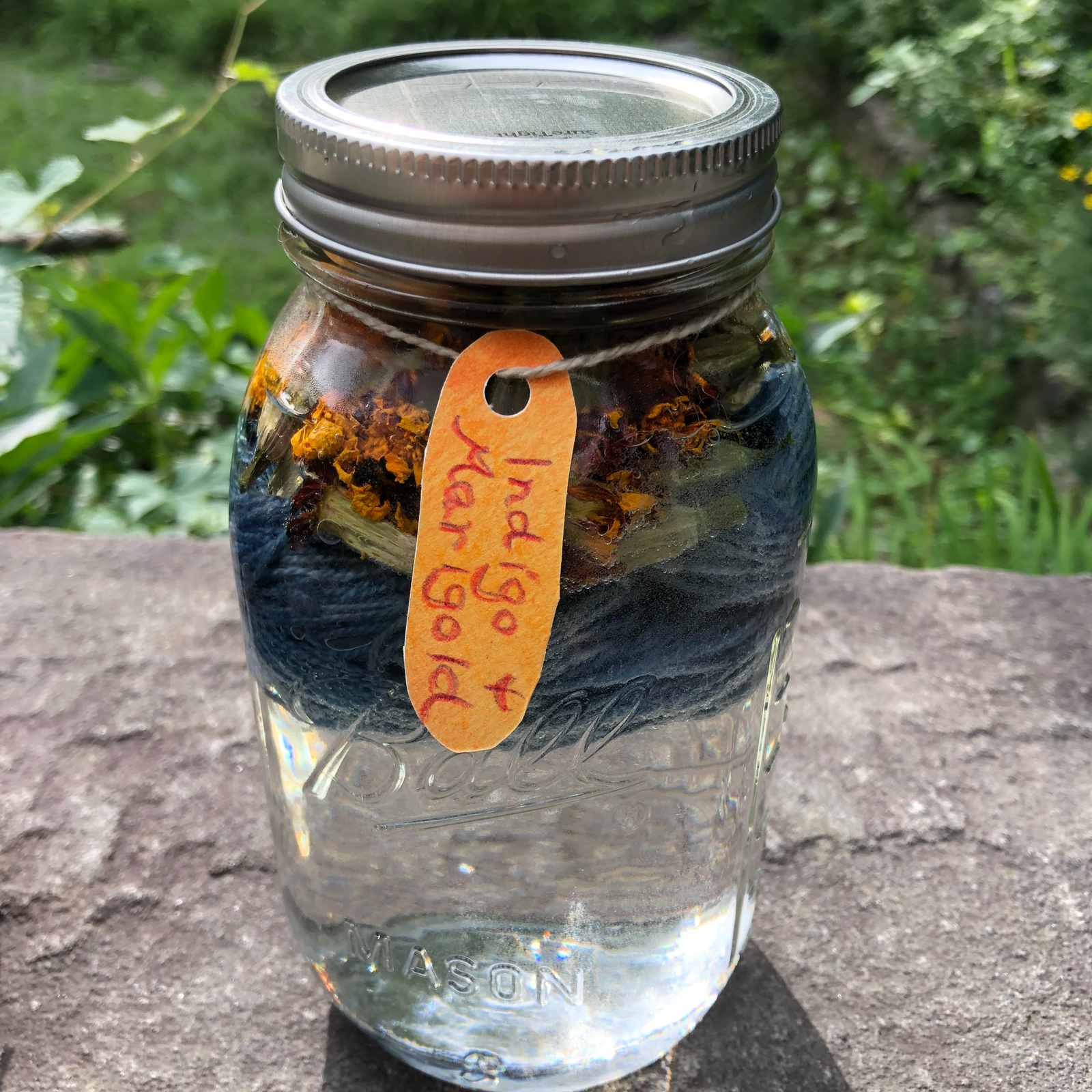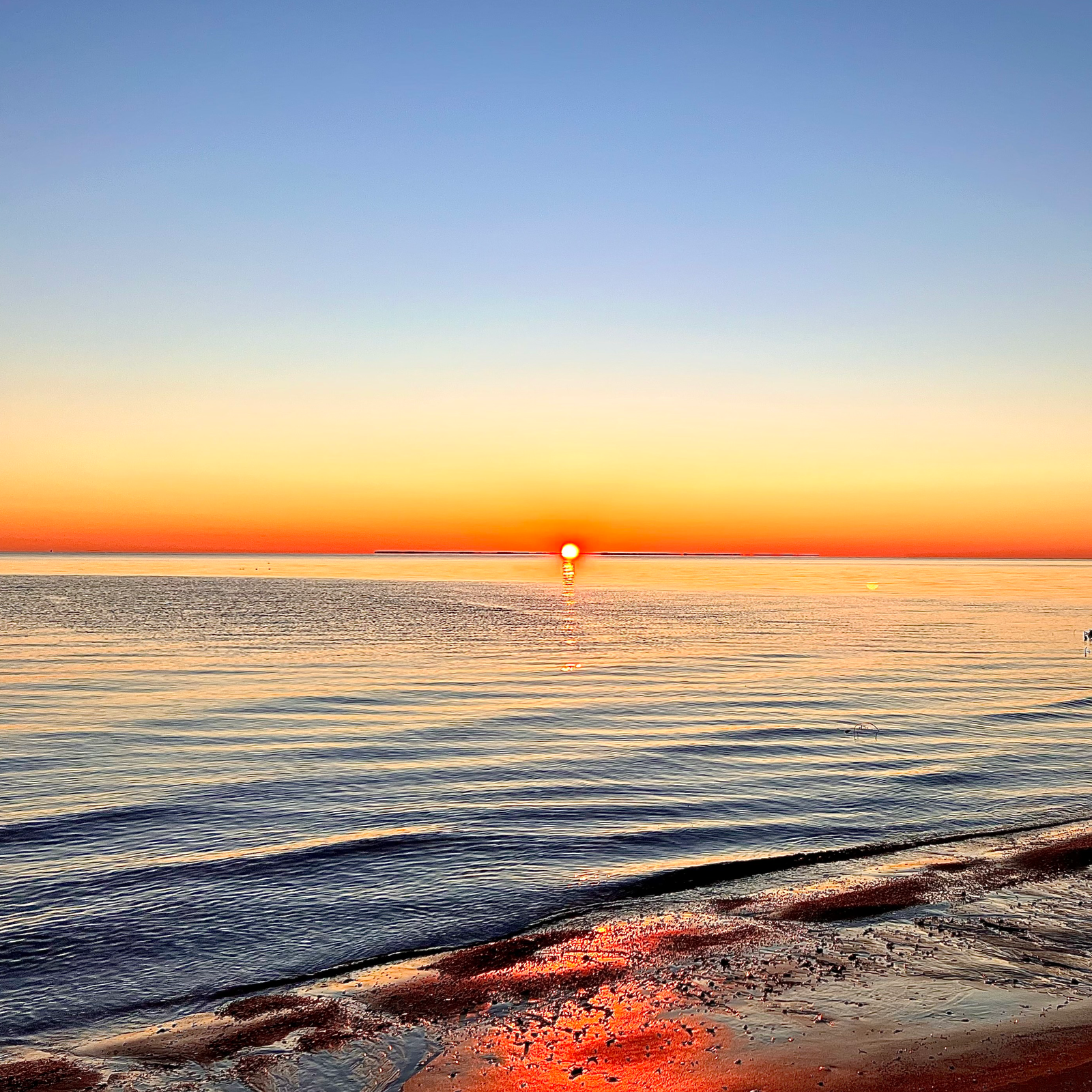As we travel we gather brochures, maps, postcards, etc from different states in the US. Or we cut out National Geographic clippings. You set things aside in case you ever study that state more in depth... How to organize it? I finally hit upon a solution. Here's what we did. A plastic milk crate with hanging file folders in it! I color coded the hanging files. 50 green hanging files for the states... I used the color blue for the territories, and one red folder for the capital, Washington DC. I alphabetized the states and territories and put a file folder for each one in its hanging file so they are ready to go. You can buy file folders which are specially made for projects and have three sides enclosed -- that would be nice for this. They are a little more expensive but worth it so that postcards and so on aren't falling out. You could use them to help your child with a research project, or gather momentos from each state as your family travels and see how many of the 50 states you can visit. I put a grey hanging file in the front of each category with a file folder -- what is a state? what is a territory? what is a capital? -- so that I can include basic information on these terms.
Here's a wonderful site that has
a list of the US States and Territories in alphabetical order.


I suppose that you could make a milk crate for each continent, with hanging files per country, if you really got excited about this idea... the milk crates would stack which is handy. You could color code them by continent plus one for your home country, or you could just make them all the same color.


Thinking about storage in advance of starting a project is always smart. One of the teachers upstairs made herself a large scale set of landforms and water features by using paper mache (covered with gauze and rubber paint). She created each landform INSIDE a drawer of a cabinet. Then the drawers slide back into the cabinet when the student is done using them. She labeled the front of each drawer with the landform or water feature name and color-coded the labels so that students could see which ones made a pair (a lake is a body of water surrounded entirely by land, an island is a body of land surrounded entirely by water). Neat idea!
There are
YouTube videos of people making landforms out of different modeling materials.
Here is also a link for
FREE Land and Water Cards that can be downloaded as pdf files. Included are:
* Mountain — An area of land that's drastically higher than the surrounding area. A mountain also has a distinct summit (top)
* Hill — An area of land that's somewhat higher than the surrounding land. A hill doesn't need to have a distinct summit.
* Plateau — An area of land that is relatively flat and elevated about the surrounding land.
* Plain — A flat area of land, generally near rivers
* Valley — A low lying area of land surrounded by mountains, hills or plateaus.
* Peninsula — An area of land surrounded on three sides by water.
* Bay — A area of water surrounded by land on three sides by land.
* Lake — A body of fresh water that is relatively still
* Island — An area of land smaller than a continent that is surrounded by water on all sides
* Isthmus — A narrow piece of land between two larger bodies of water.
* Strait — A narrow body of water connecting two larger bodies of water.
* Ocean — The salty water that covers most of the Earth's surface
* Land — Dry land surrounded by the oceans
* Continents — Land is broken up into seven continents.
* Layers of Earth — The Earth is made up of three solid layers: The core, mantel and crust. The core consists of a solid center and a liquid outer core. The mantel is mostly liquid. And the crust is the thinnest layer, we live on the surface of the crust and all the continental plates are made of crust. Above the crust is the atmosphere.





 Immersive Experience
Immersive Experience Immersive Experience
Immersive Experience






